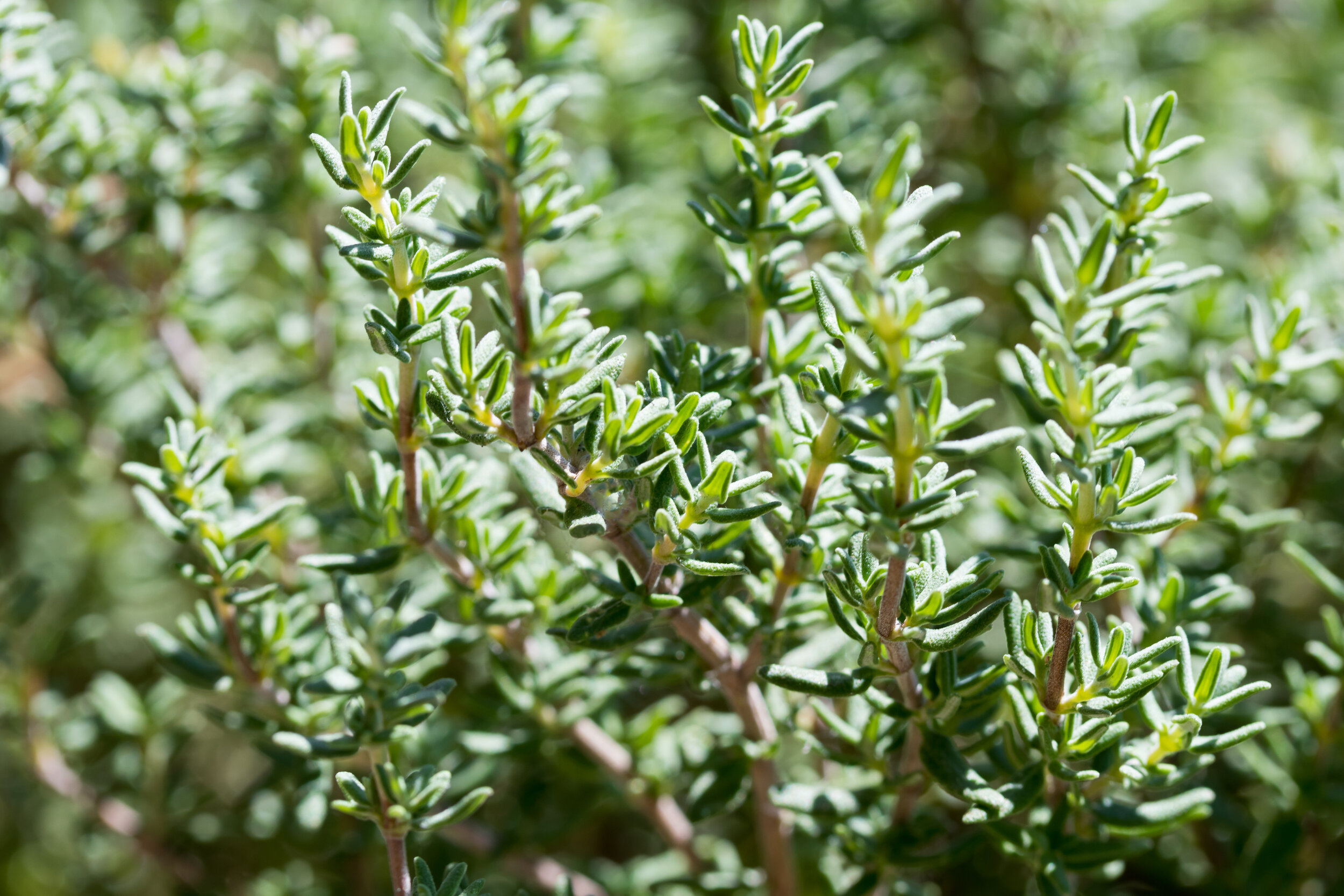BENEFIT THE BEES!
Planting a bee garden allows you to help the bees by adding a flower-rich habitat in your area. In return, the bees will pollinate your flowers, providing a beautiful harvest of fruits, seeds & vegetables.
Honey bees are far more important to people’s everyday lives than most of us know. Aside from their obvious products of honey & beeswax it’s also said that one in three bites of food we eat exists due to their work as pollinators. The list of their culinary accomplishments include strawberries, coffee, almonds, apples and lemons to name a few.
While these fruits may be the product of their direct pollination work, it’s also through their indirect work of pollinating vegetable flowers to create seed that we can be thankful for food such as carrots, cabbages and onions.
Yet, honey bees around the world are disappearing from their hives at a worrying rate. The phenomena blamed for their demise has been called Colony Collapse Disorder but having a name for the it doesn’t mean that we know the exact cause. Fingers have been pointed at various factors including lack of forage, inbreeding, commercial pesticides, climate change, parasites, and disease.
PLANNING YOUR GARDEN.
🐝RETHINK YOUR LAWN 🐝
Replace some of your front lawn grass with flowering plants. This provides food & habitat for honey bees, bumble bees, solitary bees, butterflies & other pollinators.
SELECT SINGLE FLOWER TOPS FOR YOUR BEE GARDEN 🌸🌼🌺
...such as daisies and marigolds, rather than double flower tops such as double impatiens. Double headed flowers look showy but produce much less nectar and make it much more difficult for bees to access pollen.
Keep reading for a variety of plants & flowers to choose from.
SKIP THE HIGHLY HYBRIDIZED PLANTS
...which have been bred not to seed and thus produce very little pollen for bees.
WHAT PLANTS & FLOWERS ARE BEST FOR THE BEES?
NECTAR PLANTS
Nectar is a sugar-rich liquid produced by plants in glands called nectaries or nectarines, either within the flowers with which it attracts pollinating animals, or by extrafloral nectaries.
POLLEN PLANTS
Pollen is a fine powder made up of microspores produced by male plants. It is also called flower sperm. Pollen carries the male gametes (reproductive cells) of seed plants. Seed plants include both conifers (plants whose seeds grow inside cones) & flowering plants.
EARLY SPRING
Hazel, Crocus, Tansy, Daphne, Witch Hazel, Anemone, Willow, Dandelion, Ivy (Hedera helix), Gooseberry, Bluebell, Elm, Gorse, tulip-tree, Mahonia japonica, Hellebore, Forget-me-nots, Barberry, Bee plant, Blue Pea, Borage, Chinese Houses, Horehound, Lavender, Sage, Salvia, Scented Geranium, Wisteria, old species Tulips (modern varieties have pollen grains that are too large), Bush Anemone, California Poppy, Yarrow, Bidens, Blanket Flower, Blazing Star, Daisy, Marigold, Tansy
LATE SPRING
Raspberry, Blackberry, Tulip-tree, Oil-seed Rape, White Clover, Flowering Quince, Sweet Chestnut, Apple, Cherry, Black currant, Red currant, Autumn-sown Broad bean, Hawthorn, Sycamore, Comfrey, Kale, Crab apple, Rosemary
SUMMER
Viper’s Bugloss, Globe Thistle, Willowherb (Fireweed), Melissa Balm, Thyme, Heather, Sunflowers, Borage, Poppy, Rudbeckia, Lavender, Catnip, Mint, Sage, Coriander (Cilantro), Squash, Pot Marigolds, Foxglove, Geranium, Hollyhock, Clematis, Milkweed, Wild Rose, Spring-sown Broad bean, Oak (for Honeydew), Blackberry, Marjoram, White Byrony, Cornflower, Linden, Medicinal Valerian, Lacy Phacelia, Germander Speedwell, Gladiolus, Angelica, Single Dalias, Fennel, Delphinium
AUTUMN
Aster, Goldenrod, Blackberry, Alliums (both garden varieties such as onion and garlic as well as ornamentals), Anemone, Chrysanthemum, Cosmos, Anise Hyssop, Viper’s Bugloss, Mahonia Japonica, Hemp Agrimony, Lemon Verbena, Verbena Bonariensis, Ivy (Hedera helix), Hebe, Sedum Spectabile, Delphinium, Heather
WINTER
Ivy (Hedera helix), Winter Heathers, Snowdrops, Crocus, Cyclamen, Primroses, Strawberry tree, Mahonia, Fatsia japonica, Winter-flowering honeysuckle
OTHER TIPS & TRICKS.
🌼Wildflowers are the best for bees 🌼
🛁CREATE A BEE BATH 🛁
Bees need a place to get fresh, clean water. Fill a shallow container of water with twigs for the bees to land on while drinking.
ONLY USE NATURAL PESTICIDES & FERTILIZERS
🏡BUILD HOMES FOR SOLITARY BEES 🏡
Solitary bees:
Consider leaving a sunny part of your garden uncultivated with soil surface exposed.
Wood & stem-nesting bees:
Benefit from untended hedgerows, or hollow reeds & nesting blocks made of untreated wood.
Mason bees:
Need a source of water & mud.














